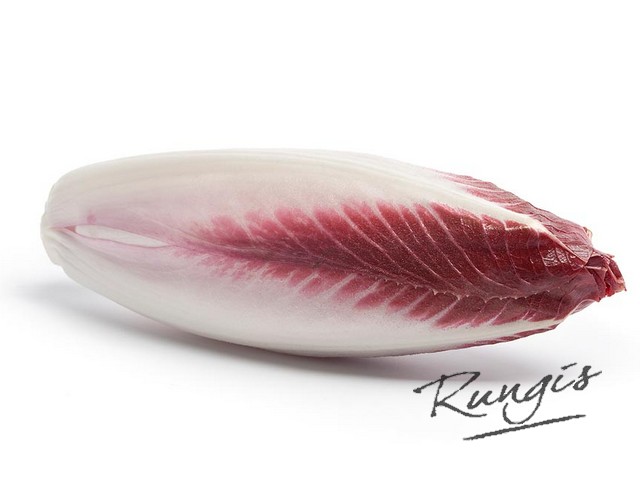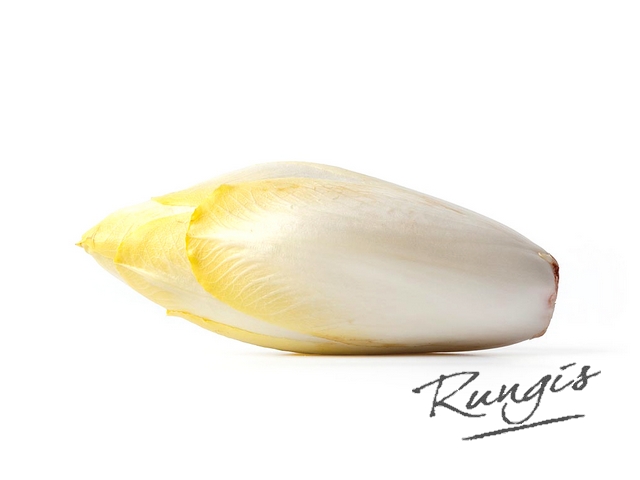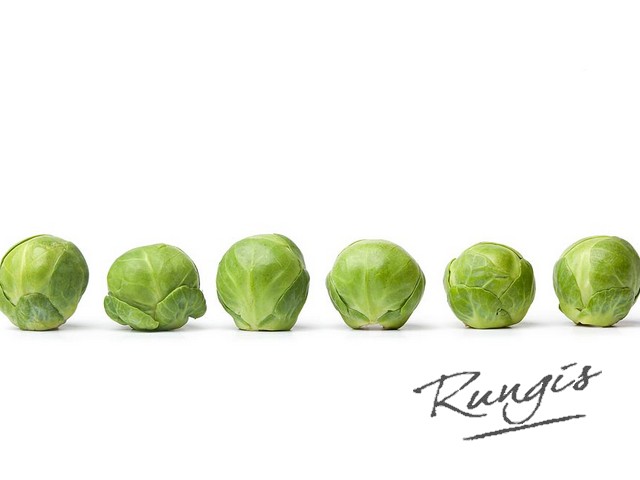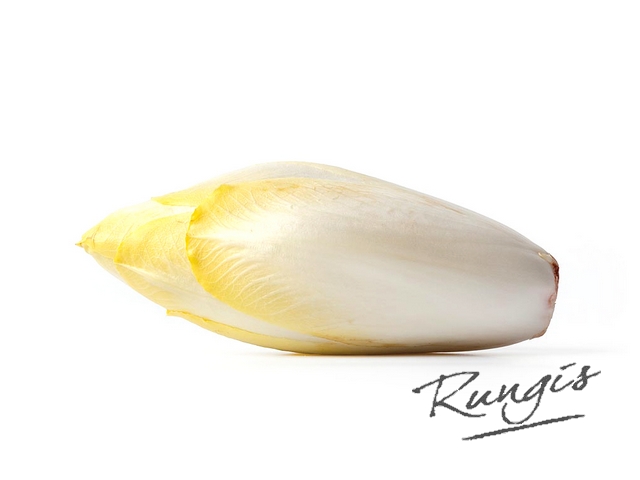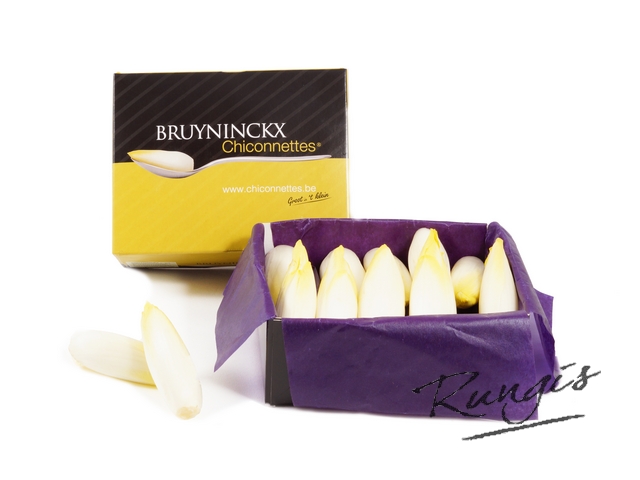What you didn´t know about chicory
Chicory and radicchio, a versatile vegetable, easy to prepare and all year available. The smooth stacks should be nice and firm, crispy and undamaged.
Cultivation process
Chicory, also called Belgian endive, was originally discovered around 1830 near Brussels. But the product has been sold since 1912 and after 1945 one could speak of a certain popularity. The cultivation is divided into two parts. First, the long, thin roots are formed. In the second phase, the roots are pulled and placed in a dark room. Because of the lack of daylight, chlorophyll won´t be developed. This way it will remain predominantly white, just like asparagus. This way the chicory gets his nice white color with a little bit of green. After about 3 to 4 weeks, the chiory stacks grow.
For centuries radicchio is grown in the Veneto region of Italy. Raddicho is a cross between chicory and raddichio rosso and is grown the same way. Small radicchio stacks hardly have a hard core and are most of the time from the highest quality.
With approximately 3,2 kilo per person a year, chicory finds it way to the third place as most eaten vegetable in the Netherlands.
Taste and preparation
Chicory has a slightly bitter taste. You can easily use the chicory to stir-fry, cook or bake with a little honey and apple. This way, the bitter taste is less dominant.
Radicchio is slightly more bitter and spicier and gives a true mouthwatering sensation. Radicchio is less suitable for cooking, it will lose its color and crispness.
Gert Jan Zonneveld Piek

